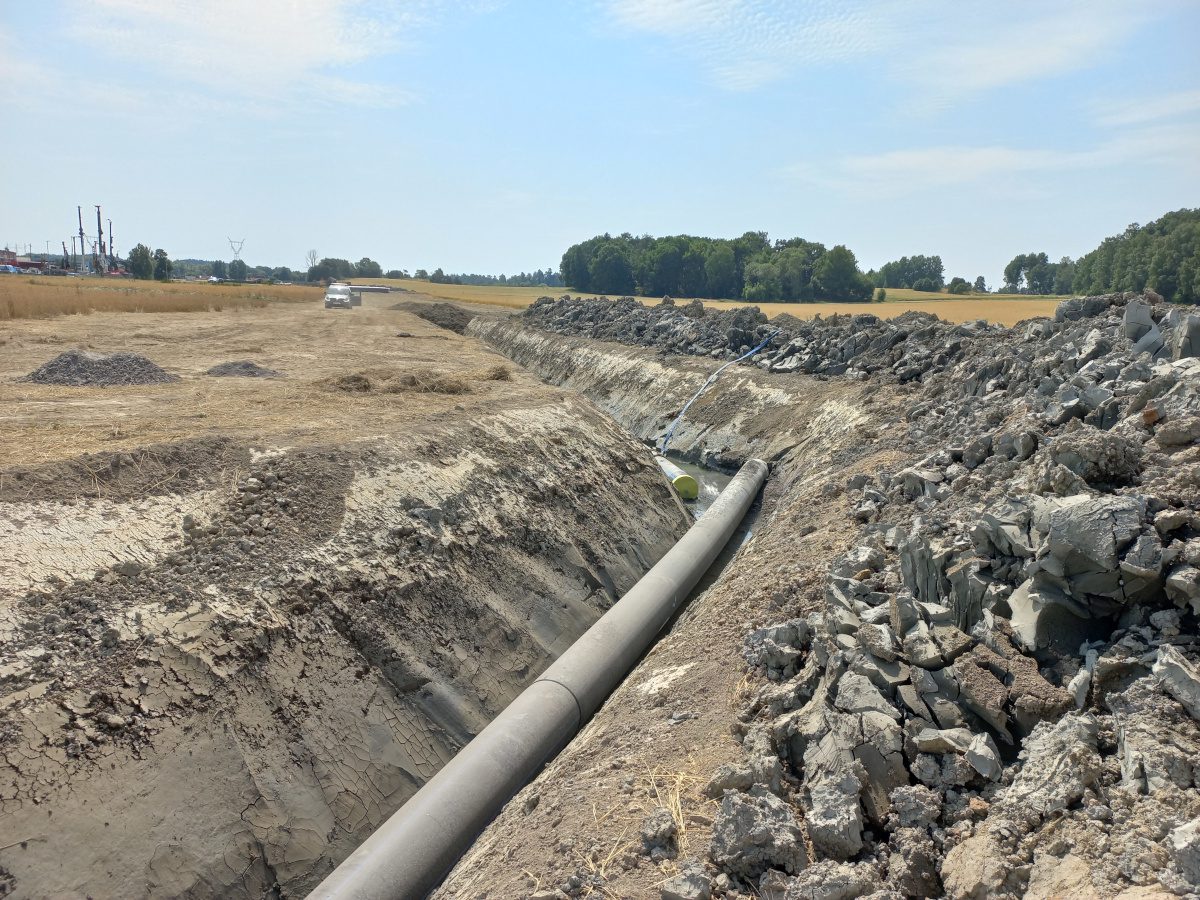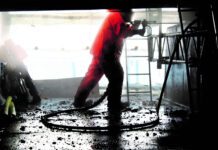
Inflow of stormwater and infiltration of groundwater into wastewater systems is a constant operational challenge for managers. Now, Håbo municipality in Sweden is tackling the challenge head-on with an innovative digital approach, says Adam Wood, chief product officer at water analytics company Infotiles.
Water utility managers in Håbo, a small municipality north-west of the Swedish capital, Stockholm, began conversations with InfoTiles in 2023, when they suspected infiltration of wastewater and inflow of groundwater into wastewater networks (I&I) was adding massive volumes requiring transport and treatment.
Managers wanted to investigate I&I further and needed tangible evidence to demonstrate the need for investment but were facing budgetary and operational constraints. Using control system data together with weather data and analysis of wastewater networks using in situ sensors, the collaboration sought to determine when and where I&I was occurring and decide on the appropriate response.
Gathering evidence
Inflow is stormwater that flows into wastewater pipes through faults such as holes, cracks, joint failures, and broken connections. Infiltration occurs when groundwater enters the wastewater network through faults in pipes, compounding the flow.
Magne Eide, chief operating officer at Infotiles, said, “InfoTiles set out to show Håbo municipality what the cost of not maintaining its wastewater network to prevent I&I would be, versus investing money now. Water managers wanted to understand what the maintenance opportunities were, so they could create a wider business case to be put forward for funding during the 2025 budget process.”
Servicing a population of around 18,700, Håbo’s water utility treats about 4 million m3 of wastewater per year. InfoTiles discovered that 18% of that water is incurred through I&I, leading to SEK13 million (roughly €1.3 million) of extra operating costs annually equivalent to almost SEK700 per inhabitant (roughly €61).
Energy use is a significant part of the additional treatment and transportation costs involved in processing I&I, which means reducing energy consumption represents a potential saving on operational expenditure when I&I is remedied. Extra energy consumption also represents a higher carbon footprint, so accurately identifying and preventing I&I can help utilities meet carbon commitments, including net zero targets.
Compounded flow
For many utilities and municipalities, I&I can account for an average of 20-50% of the annual flow in sewers, but during snow melt and wet autumns, this figure is much higher.
It is widely acknowledged that most I&I is caused by ageing infrastructure that requires maintenance or replacement, but some is also caused by erroneous connections such as building drainage and rooftops connected to the wrong pipes. When this water penetrates the wastewater network, it can overload the system, which is a particular risk during periods of heavy rain or storm events.
In the worst cases, it can lead to the release of untreated wastewater into the environment and pollution of rivers and seas. It also increases the risk of cross-contamination of drinking water, where polluted water from the environment enters through faults in clean water pipes.
Increases in the frequency and intensity of rainfall as a result of a changing climate is exacerbating the problem, making wastewater networks ever more vulnerable to failure and putting the environment at greater risk. If left untreated, pipeline integrity will only deteriorate over time, increasing the volume of ingress water to be treated.
For Håbo municipality, the overall goal of the collaboration with InfoTiles is to gain a better understanding of the causes of inflow and infiltration into sewerage networks and to understand the options for remediation and impact reduction. The municipality hopes it will help policymakers gain a deeper understanding of decision-making around I&I and show how collaboration and digital solutions can be used as a catalyst for positive change.
Accurate pin-pointing
Inflow and infiltration compounds wastewater operating costs as excess water must be pumped, treated and discharged.
The InfoTiles platform uses SCADA control system data together with data from the Swedish Meteorological Institute to analyse historical rainfall and the dry and wet weather behaviour of wastewater networks. For example, how and when water hits the network and how it affects pump heights.
Sensor devices placed at critical points in the network can collect data such as precipitation, problematic thresholds of rain volume, or seasonally varied sensitivities. That feeds into a central dashboard and these detailed measurements can then be analysed by water managers.
By using information from pump stations in real-time, the model calculates the total and excessive volume transported, allowing managers to see not only weather-related trends but also the resulting costs both in terms of treatment and power expenditure.
Once problem areas have been identified, the search area can be narrowed down using compact internet-of-things (IoT) devices within the same platform. Some pump stations have multiple inputs or long upstream pipeline networks. By selectively measuring different branches, it is possible to identify exactly where the water inflows and infiltrates or exclude areas that are not problematic.
Positive proof
Håbo operates 38 pumping stations, in a network where several smaller pumping stations feed larger stations before the wastewater is ultimately transported to treatment.
InfoTiles and Håbo municipality determined that the pumps closest to the treatment stations were receiving the largest net volume of water, meaning that the largest influx was occurring in the parts of the network directly relating to the largest pumps.
With this information, managers from Håbo went searching for damage in the identified areas and were able to quickly confirm the findings of the analysis. Significant breaches of the pipe were found upon visual inspection. In one location, drained surface water from nearby farmlands was penetrating wastewater pipes at high pressure, causing large and continuous volumes of I&I.
Sara Frid, water and wastewater strategist, Håbo Municipality, said, “The new insight into ingress water, such as volumes, likely sources, and the resulting costs really sparked an interest among our operators to go on the hunt for it.
“Within the first couple of weeks, we had found damages to our wastewater pipelines that we could repair to reduce volumes and save treatment costs.”
Now, water managers can not only use data to identify the areas with the highest need of maintenance and repairs but also see the results of their work in reduced volumes of inflow and infiltration.
Continually reducing the total volumes of I&I remains a high focus for Håbo municipality.
With the InfoTiles solution, they have been able to prove that investments in wastewater maintenance are not only an issue of environmental risk and cost, but in fact, the reduction in volumes will ultimately lead to reduced treatment costs in the long term.






